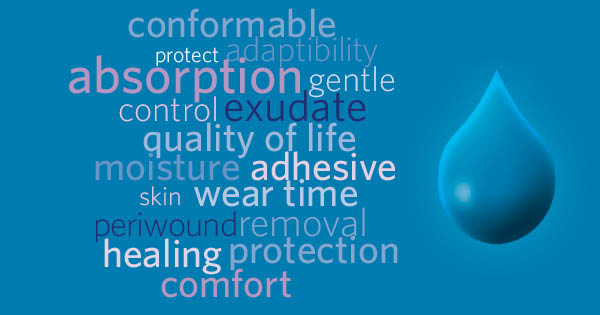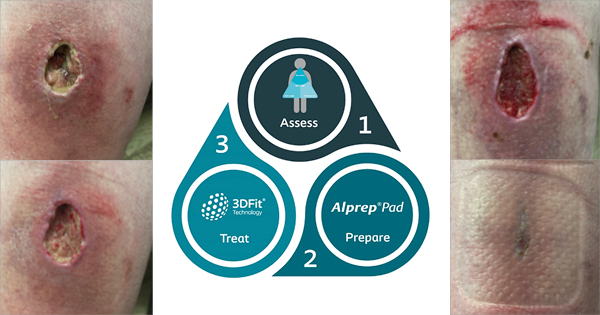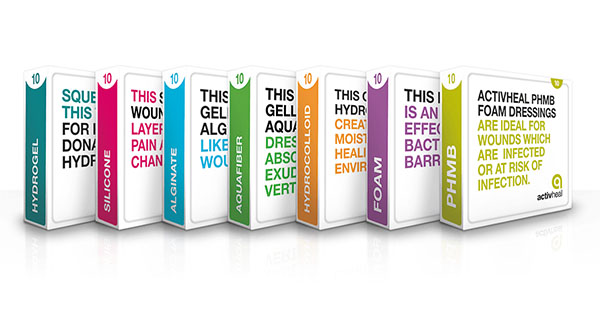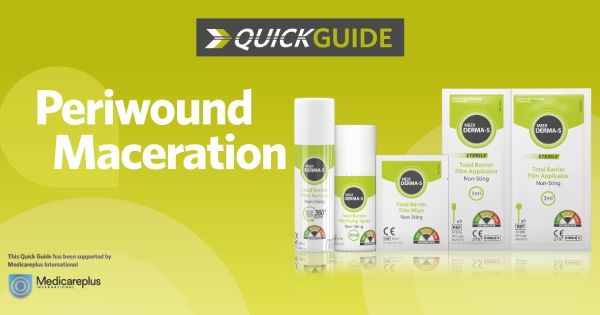Role of foam dressings
Foam dressings have been commercially available for over 30 years for the management of exuding wounds. However, the composition and mode of action of different foam dressings varies (Sussman, 2010), with different products claiming different methods of absorption and physical performance characteristics (Thomas, 2010).
Developments in foam dressing technology have focused on:
- increasing dressing moisture vapour transmission rate and absorbency to provide higher fluid handling capacities
- improving foam dressing adhesive characteristics, primarily by moving from acrylic based adhesives to atraumatic silicone based adhesives.
More recently, there has been significant debate regarding the use of foam dressings in clinical practice and there is still considerable confusion about their role and value in wound management (White et al, 2012). With a range of alternative dressings now available to clinicians, some may argue that we can manage wounds effectively without foam dressings, while others state that a foam dressing should always be included in formularies as they can manage exudate effectively when used appropriately (White et al, 2012). However, there is often a lack of high-quality evidence to support decision making and strategies are needed to support and educate nurses in measuring clinical outcomes and monitoring spend to help assess the effectiveness of foam dressings (White et al, 2012).
This debate, coupled with the identified potential to further enhance the performance capabilities of foam dressings, has driven the development of a new foam dressing incorporating Hydrofiber® Technology aimed at extending the use of foam dressings across a wide range of wound types.
Introducing a new foam technology
The new AQUACEL® Foam dressing comprises a protective top layer, an upper polyurethane absorbent foam pad and an integral Hydrofiber® wound contact layer with a silicone adhesive border.







